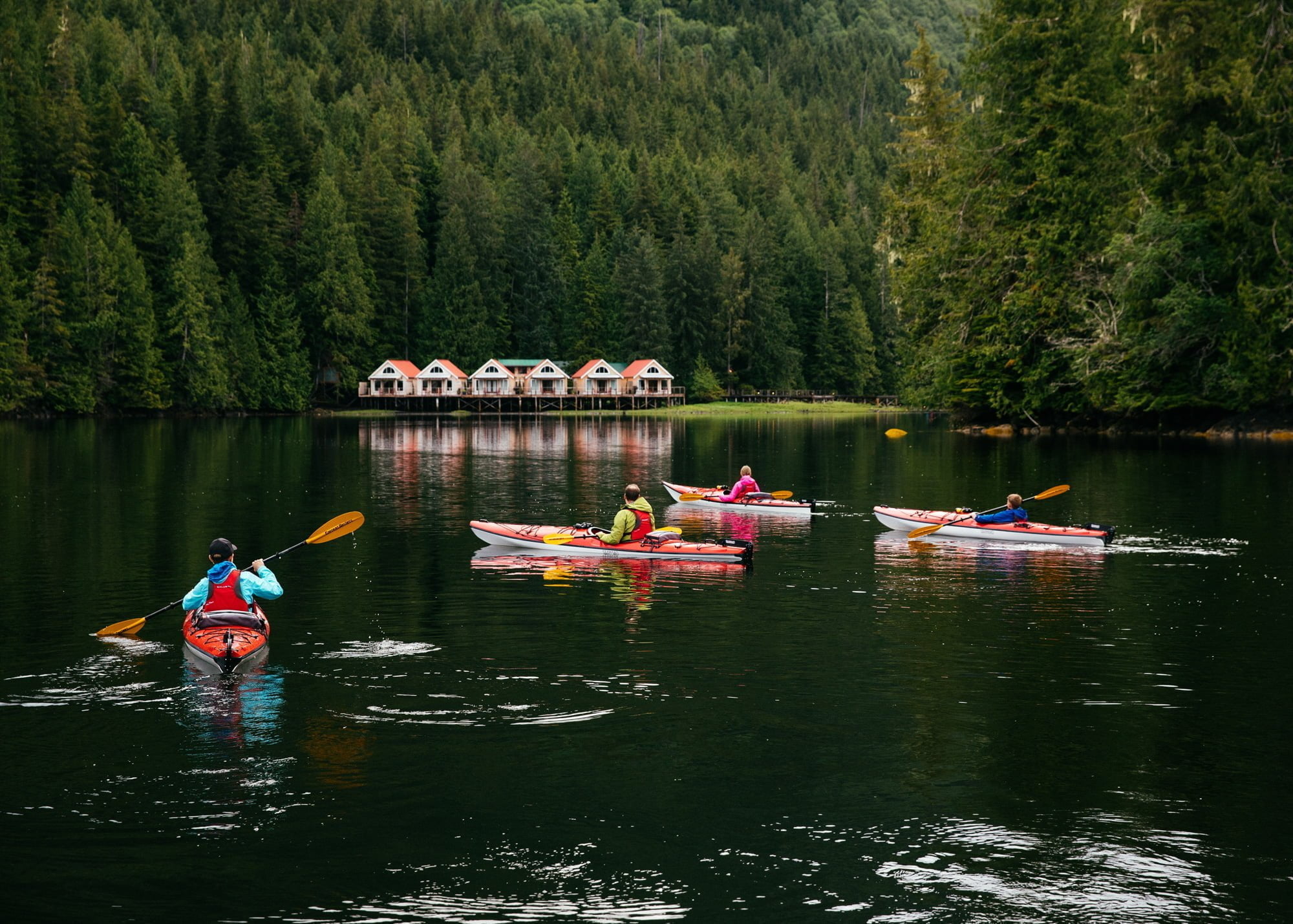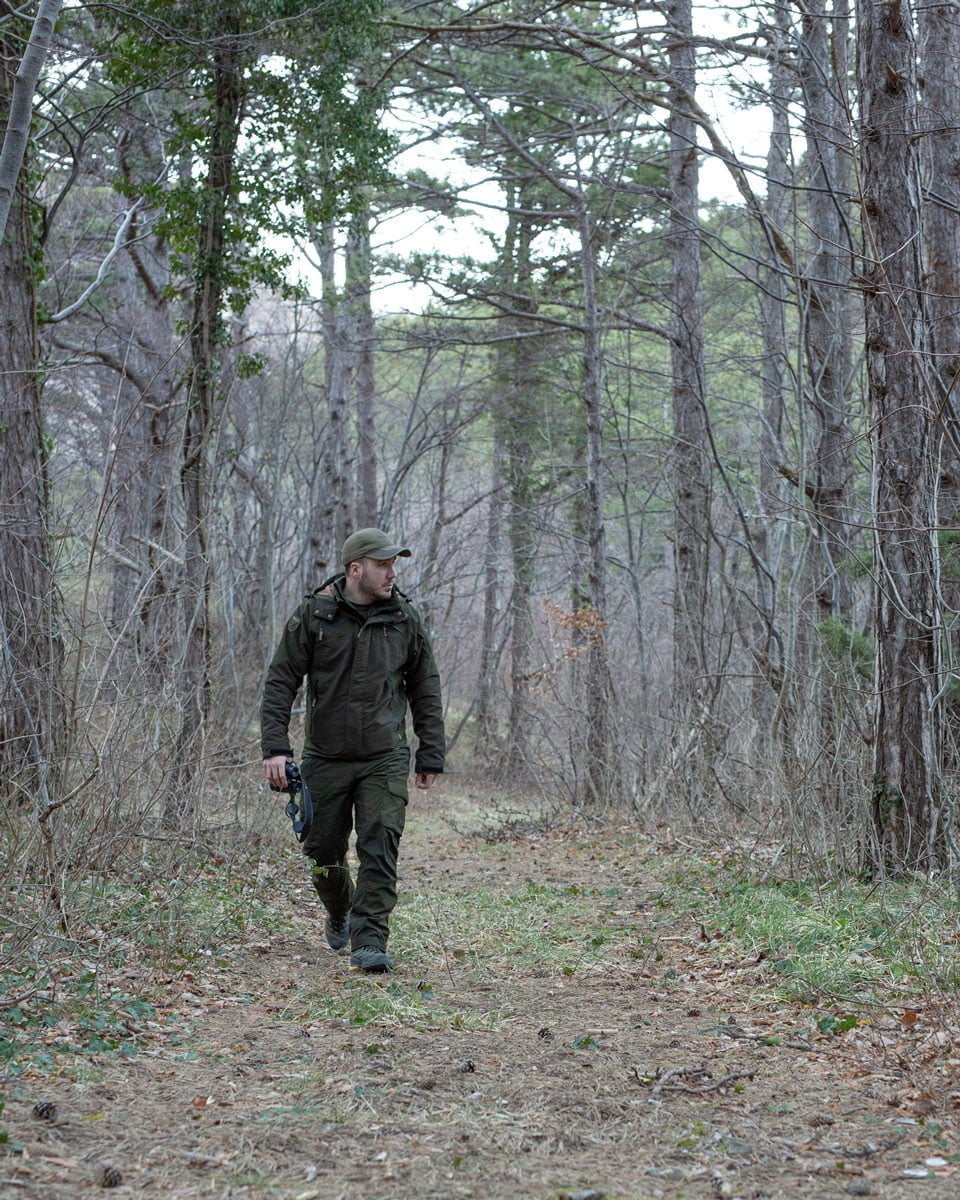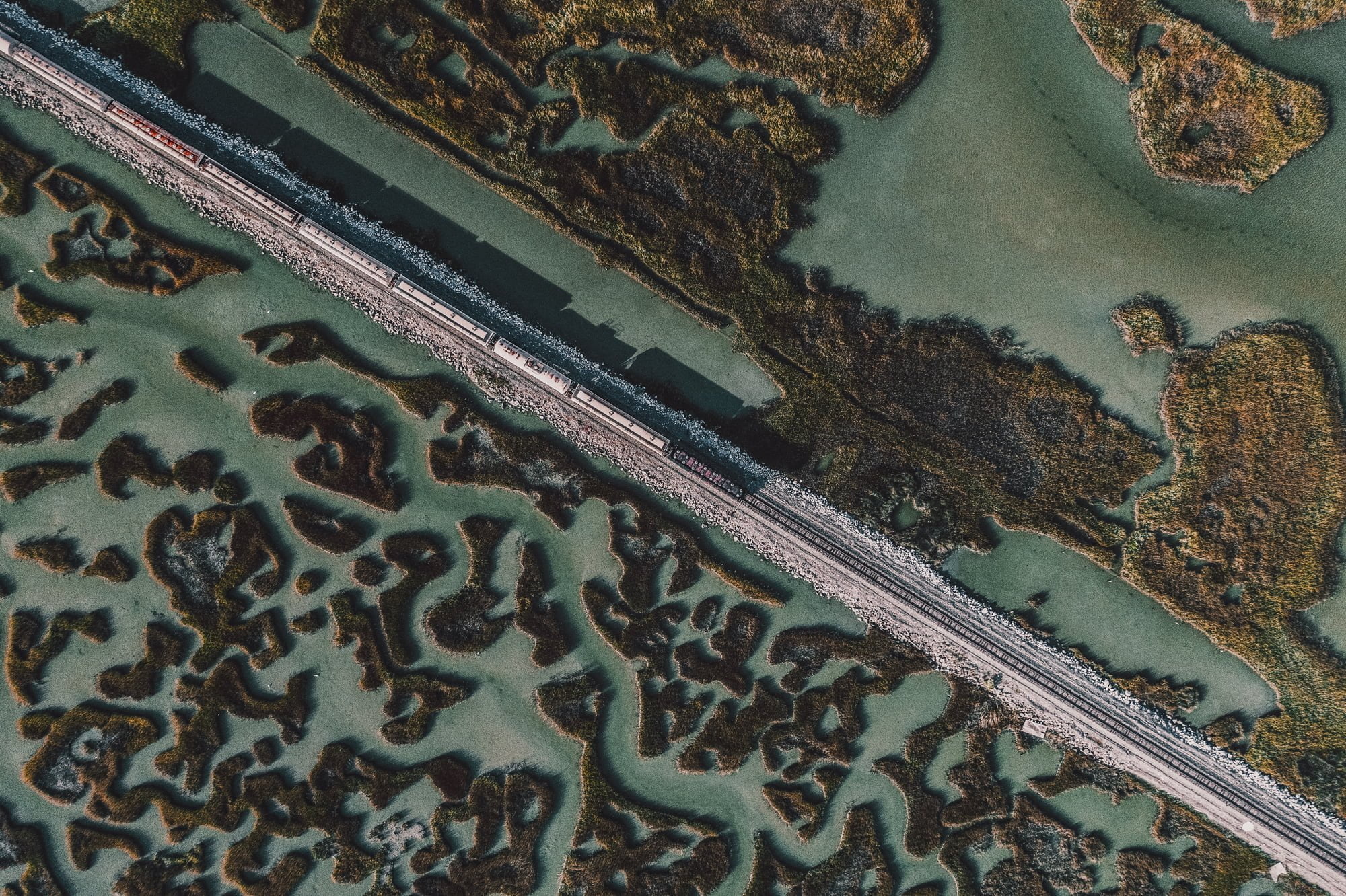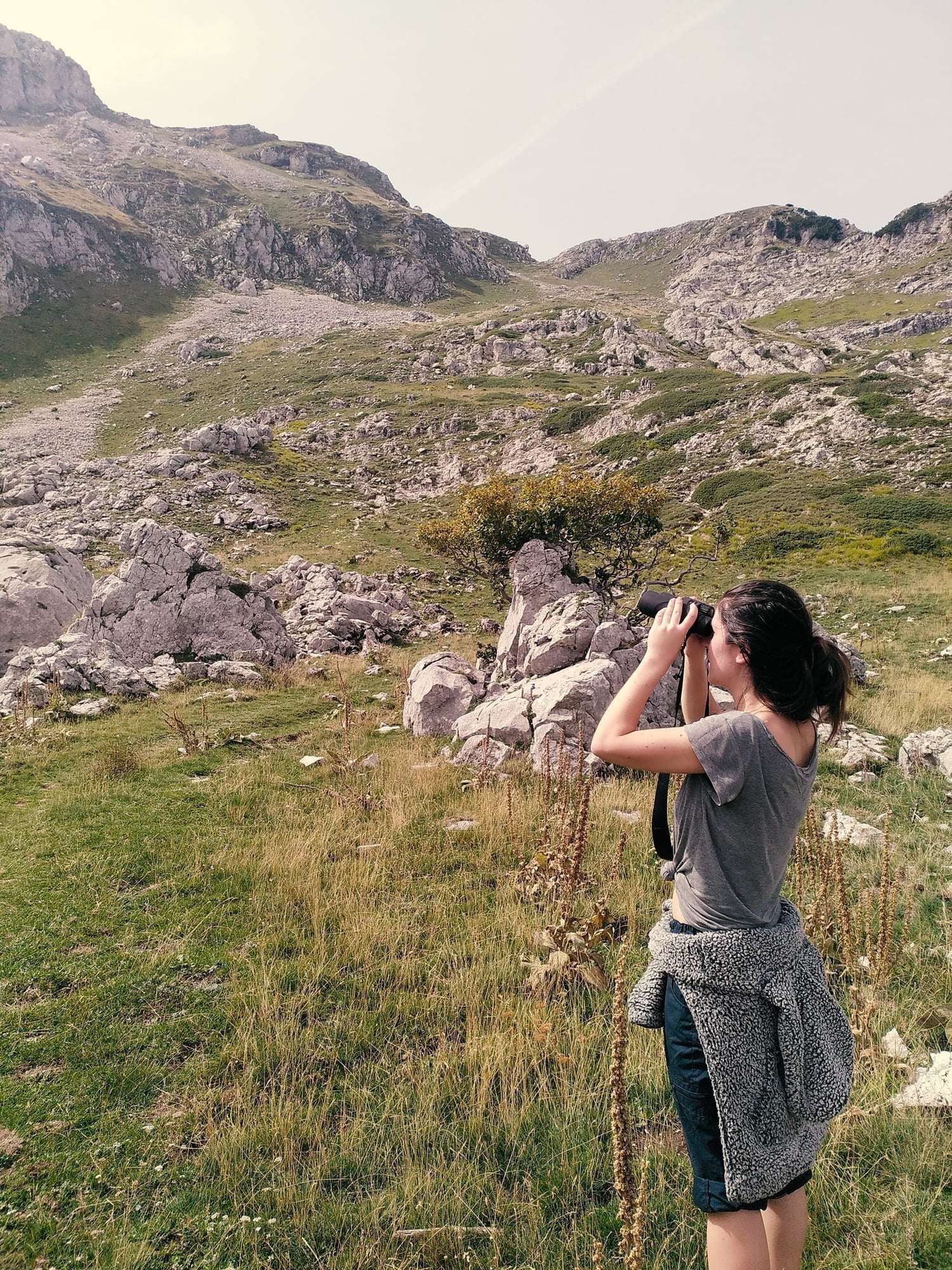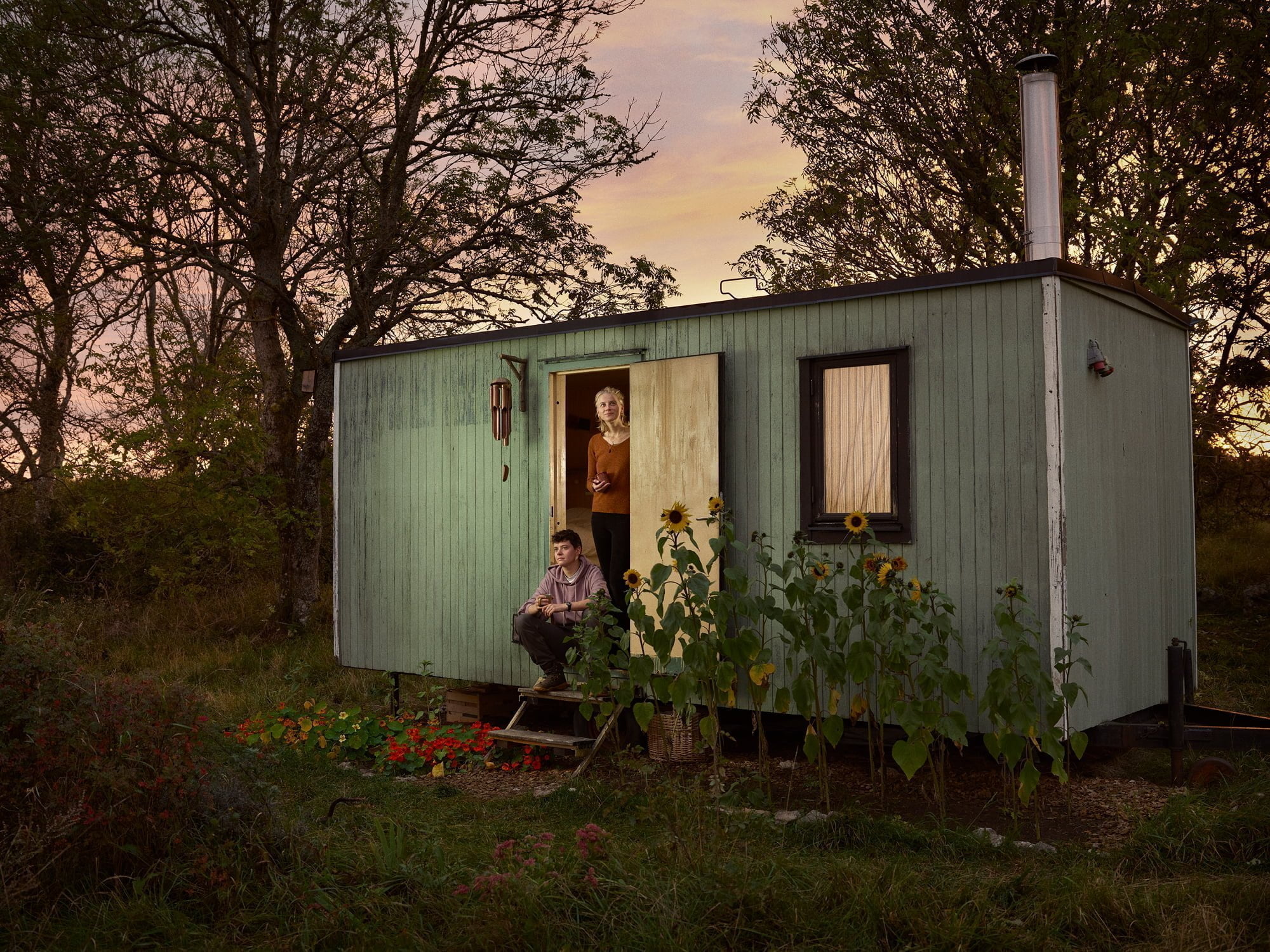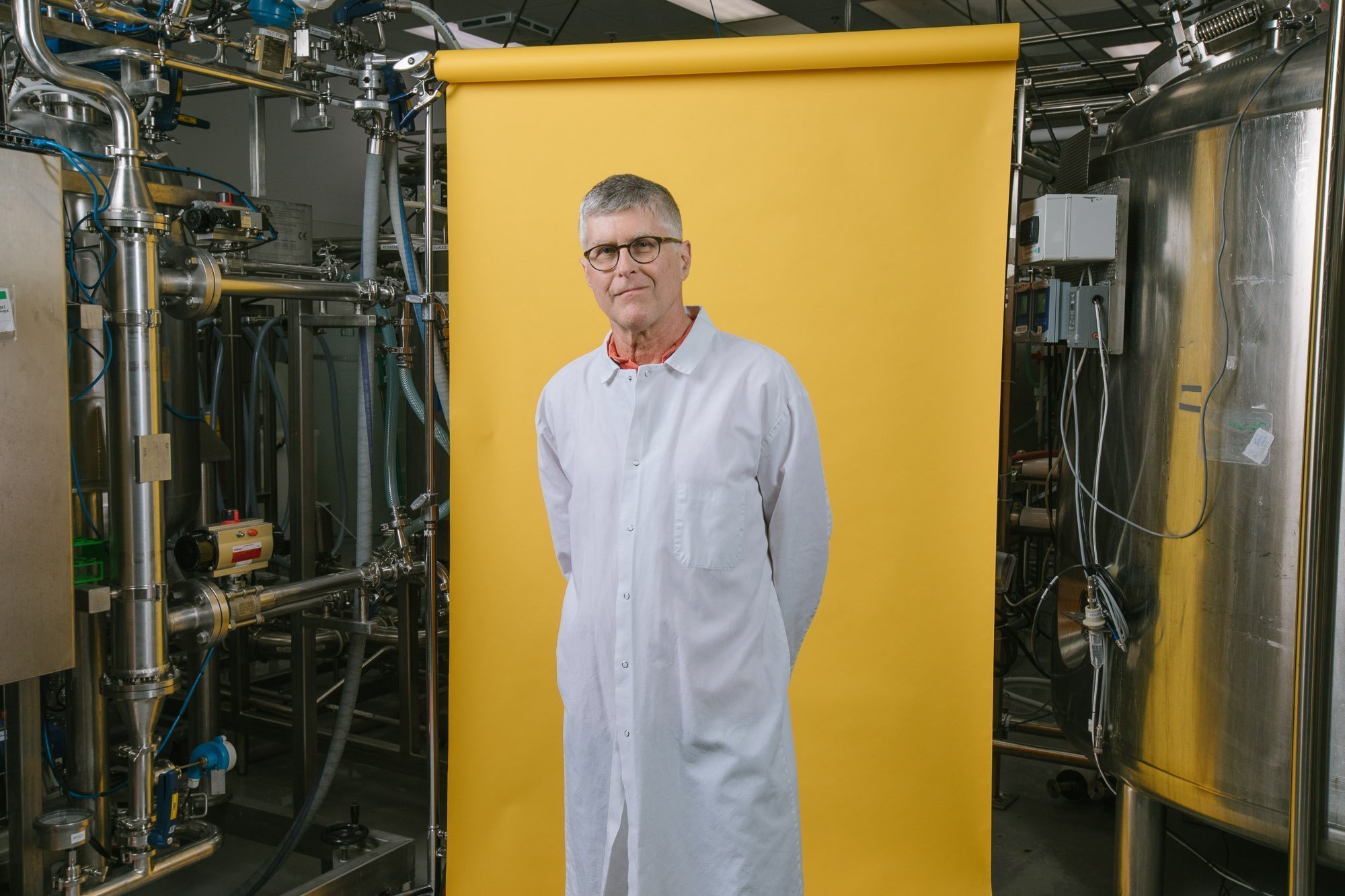When local people are in charge of creating and delivering travel experiences, amazing things happen. Which is why responsibly-minded travellers are learning that they’re not just tourists, they’re guests.
“To understand the value of nature, you can’t just see a tree, but need to feel and be the spirit of that tree,” explains Catalina Marti Punoz, as we admire delicate silver birch leaves dance like fireflies in the falling sun.
I’ve come to Curarrehue in Chile with Rutas Ancestrales Araucarias, a tour operator set up by people from the Mapuche indigenous group. Rather than abandon their homelands for work in the cities, these young people created a business inviting visitors on hikes and tours to learn more about the past and present of a group that makes up nine per cent of Chile’s population.
The scene is as bucolic as it gets: mountains, trees, a babbling stream, and small farm holdings with carefully ploughed fields and huts billowing woodsmoke. Catalina’s friend Simon, who lives on one of these Mapuche farms, says: “People these days see nature as a resource but not a place of energy and knowledge. We need to change that before it’s too late.”
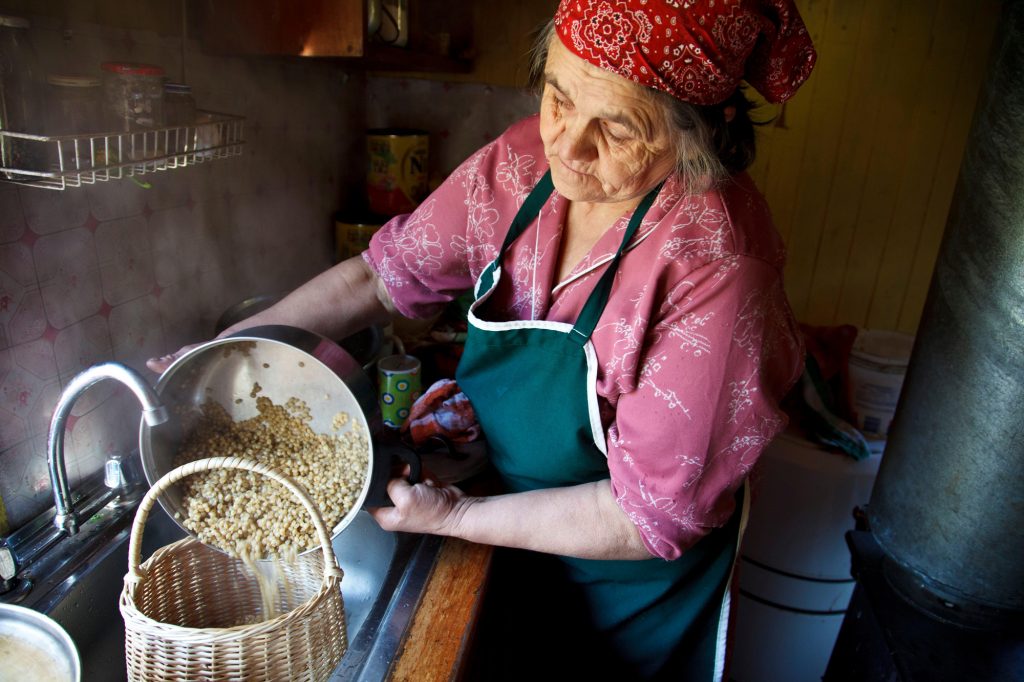
A Mapuche farmer cooking wheat. Photo: Jutta Ulmer, Alamy

Chile’s evergreen Araucaria trees can be centuries old and are revered by the Mapuche people. The Photo: Mondo Andes / Getty
It’s hard to believe that Pucón, one of Chile’s busiest and most exclusive holiday resorts, is just 20 or so kilometres away. A breeze whips up, the light fades and having spent six hours absorbing indigenous Mapuche wisdom through food, craft, nature, laughter, and discussion, my head is whirling and my heart is full.
It was in this relatively unvisited part of Chile that I first witnessed authentic community-based tourism. Rather than being a sideline activity on trips designed by international tour operators or destination marketing companies, it comes entirely from a community – and embodies the spirit and soul of a place and its people.
“When we welcome visitors, they learn about our livelihood, culture and conservation practices”
Rovin Alvin, Rewa Eco-Lodge
This kind of community-centred approach is central to making travel more responsible. When an experience is designed and managed by a community, it comes with a strong sense of belonging and stewardship. An outsider, on the other hand, is more likely to be driven by profit at the expense of others and the environment and can more easily turn a blind eye to negative impact (cue overtourism and exploitation).
Low-impact lodges
Guyana, in the northeast of South America, is a place that knows this better than most. Nine indigenous nations have occupied Guyana’s biodiverse interior for thousands of years. In recent years, they have established enterprises owned and led by the communities themselves – low-impact lodges and tours that welcome less than 1000 visitors per year. This helps the communities to sustain their way of life and land (something that is arguably more critical than ever given the oil industry’s recent drilling off Guyana’s coast).

Rewa Eco-Lodge, Guyana. Photo: Zachary Johnston / Guyana Tourism

Guyana is renowned for its wildlife. Photo: Glenn Bartley, Alamy
Rovin Alvin, who owns Rewa Eco-Lodge, says: “When we welcome visitors, they learn about our livelihood, culture and conservation practices. This not only provides employment and protects cultural heritage but increases community pride.”
A subtle but important indicator of genuine community-based tourism is that the relationship between visitor and host is underpinned by mutual respect. It’s balanced rather than extractive. As Catalina told me, “The word ‘tourist’ is very heavy. Here, we like to say ‘guest’. We like to treat them like a guest, and we like them to act like one.”
I witnessed this on a recent trip to Morocco with tour operator Intrepid, where our group was warmly invited into locals’ homes and lives. Projects included a boarding house for girls in rural areas so they can attend school safely, a crafting workshop for women with disabilities, galleries for female artists, and restaurants run by cooperatives of women in rural areas with few income opportunities.

Of Intrepid’s global suppliers, 28 per cent are majority-owned by women, which is a deliberate strategy. According to a ranking of climate change solutions by Project Drawdown, empowering women and girls in developing countries is the second most effective thing we can do to keep global warming to 2℃. Why? Because with access to income and education, women are free to choose when and how many children to have, reducing stress on food systems, ecosystems, health and nutrition. By taking time to understand complexities within communities, responsibly-minded travellers can play a role in improving society for the whole rather than a few.
“You can’t have a healthy tourism industry or a healthy community in an unhealthy environment”
Anna Pollock, Conscious Travel
While it’s relatively simple to join the dots between the social and economic benefits of community-based tourism, we often forget that it’s better for the environment, too. Regenerative travel expert and founder of Conscious Travel Anna Pollock says: “You can’t have a healthy tourism industry or a healthy community in an unhealthy environment, and we must stop fragmenting these issues.”
Owned by local people
In Scotland, communities have come together to recover nature via the Northwoods Rewilding Network. Several partners of the rewilding initiative have turned to tourism to fund nature restoration, contributing directly to Scotland’s ambitious climate targets.
One of those is Comrie Croft, a former farm and forestry plantation that is now an eco-tourism business owned by 50 local residents, employees and others. The farm once employed a single family, but since diversifying into accommodation, mountain biking events, permaculture vegetable growing, and food, it supports over 30 local full-time jobs. Nature benefits too: 5000 native trees have been planted, the endangered red squirrel has returned, and the list of birds living nearby has grown to include four at-risk species.
“It is important that our team is all part of our community”
Andrew Donaldson, Comrie Croft
When asked why this community ownership matters, founder Andrew Donaldson says: “There is a certain healthy accountability to your supporters seeing what you do and how you live your values in real life, not just on social media. It is also important that our team is all part of our community: People tell us when we are doing well and when we get them wrong! Our reputation as a business in the community is a key indicator of whether we are getting the responsible tourism balancing act right.”
Community-based tourism isn’t a guarantee of a low environmental impact, but it’s a good place to start. When local people get to define the scale of a tourism operation, there’s less risk of it expanding to the extent that it tramples landscapes, litters oceans or drains precious resources. Rather than constructing large new properties for the benefit of tourists, community-based projects tend to use existing infrastructure or turn to local and indigenous sustainable design and building methods.

You can stay in this village along the 14th century Silk Route in Ladakh, India. Photo: Mountain Homestays
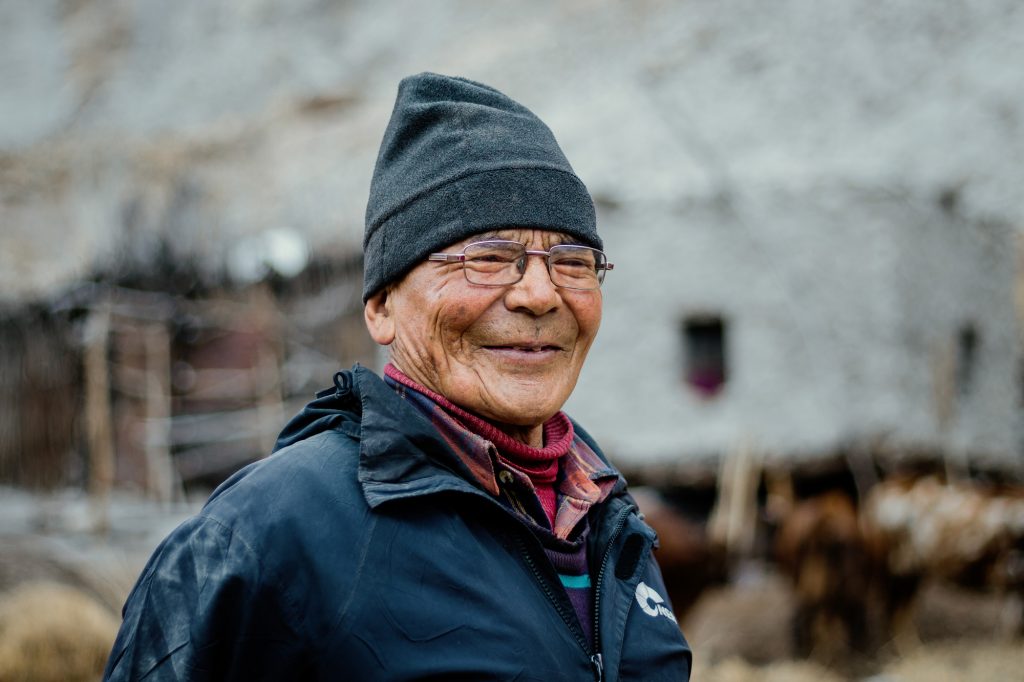
Konchok Rabgais is proud to welcome visitors to his home in Ladakh. Photo: Mountain Homestays
Experiences that change us
The new sustainable accommodation booking platform Mountain Homestays is an inspiring example. The company works with remote communities worldwide, including the Himalayas, Vietnam, and Kenya, to create rural homestays with experiential trips and tours that champion local heritage and natural assets. One host in Ladakh, India is 72-year-old Konchok Rabgais. His (solar-powered) home is in the last village before the Siachen Glacier, part of the 14th century Silk Route and where Konchok fought with the Indian army on one of the world’s highest battlefields. A self-confessed ‘chatterbox’, a one-night stay is never enough.
Hearing of Konchok’s pride in what he has created reminds me of one of the less tangible benefits of community-based tourism: transformation. This level of intimacy has a chance to bring about the personal transformations that can make the world a fairer, greener place. It’s not a showcase but a two-way exchange, demonstrating and discussing pride and challenges equally. It’s underpinned by the honesty and trust required for any productive and meaningful human interaction and relationship – the ones that create a long-lasting connection and therefore alter hearts and minds.
Early in my Chile trip, someone asked me whether I felt more spiritual when in nature or with people. At the time I wasn’t sure, but now it’s clear: we need both, working together. That’s when the most special of adventures happen.
Holly Tuppen is the author of Sustainable Travel: The essential guide to positive impact adventures, published by Quarto in 2021 and available from all major booksellers, including Bookshop.org.
Start your own adventure
Rutas Ancestrales Araucarias, Chile
Visit the siteComrie Croft, Scotland
Visit the siteIntrepid Travel tours to Morocco
Visit the siteGuyana Tourism Authority
Visit the siteMountain Homestays
Visit the siteCheck out Holly Tuppen’s book, Sustainable Travel
Order hereTRAVEL REDEFINED

